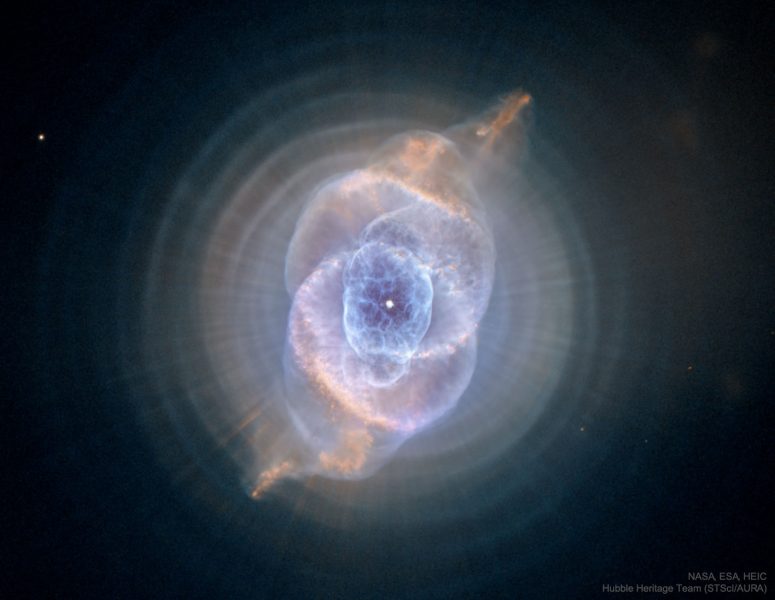
Robert Nemiroff shares his knowledge on Husky Bites, a free, interactive webinar this Monday, November 22 at 6 pm ET. Learn something new in just 20 minutes (or so), with time after for Q&A! Get the full scoop and register at mtu.edu/huskybites.
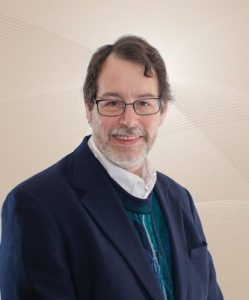
What are you doing for supper this Monday night 11/22 at 6 ET? Grab a bite with Dean Janet Callahan and Robert Nemiroff, University Professor of Physics at Michigan Tech. He’s a leading researcher both nationally and internationally in the field of gravitational lensing and gamma-ray bursts (GRBs). Joining in will be Alice Allen, Faculty Specialist in the Department of Astronomy at the University of Maryland, College Park.
During Husky Bites, Nemiroff and Allen will share stories and science behind the best space images and videos on one of NASA’s most popular websites: APOD: Astronomy Picture of the Day.
Nemiroff co-created and leads APOD, which is translated by volunteers into 20 languages daily, accessed over 1 million times per day on average and has a massive number of followers on Facebook (about 400,000), Instagram (about 800,000) and Twitter (about 1 million).
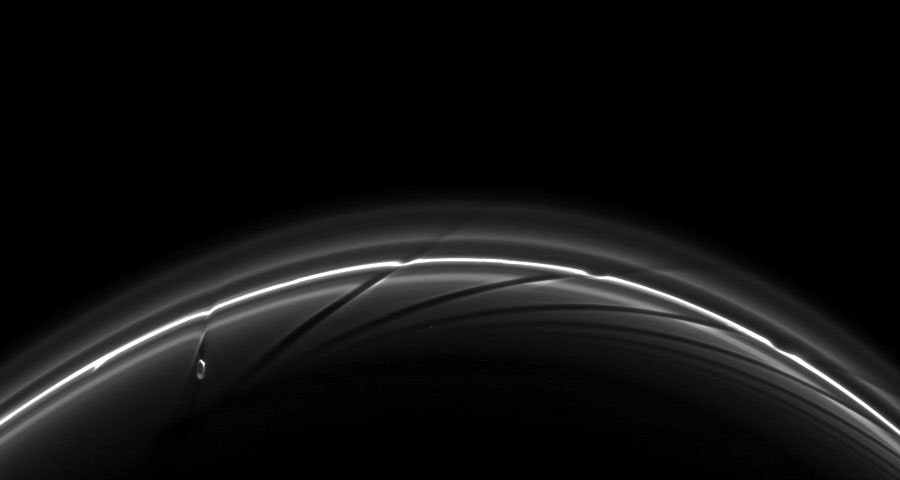
Back when the site was launched in 1995, Allen quickly became a fan. “Alice used to send in interesting email comments to APOD,” Nemiroff recalls. “She then volunteered to help out and soon took expert care of APOD’s discussion board and Facebook page.” It was something she did in her spare time, evenings and weekends—in addition to her day job as an IT expert working in Washington, DC.
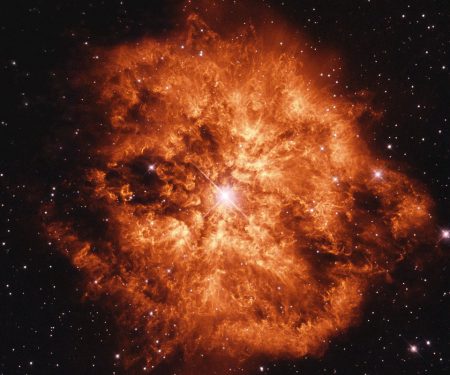
About four years after starting APOD, Nemiroff co-created the Astrophysics Source Code Library (ASCL), an open repository of astro research software housed at Michigan Tech. It now lists over 2,500 codes.
“Alice agreed to take over the editorial duties of the Astrophysics Source Code Library in 2010, as editor in chief,” adds Nemiroff. “She has done a fantastic job—growing the ASCL into a major force for transparent science in astrophysics.”
Before coming to Michigan Tech, Nemiroff worked at NASA’s Goddard Space Flight Center in Maryland. That’s when Nemiroff and NASA astrophysicist Jerry Bonnell first started APOD on the NASA website. “We did it partly to provide accurate information about the multitude of astronomical images that were circulating on the Internet, partly just for the fun of sharing the wonder of the cosmos,” Nemiroff says. Back then, “NASA didn’t bother much with the web.” For their work on APOD, Nemiroff and Bonnell won the Astronomical Society of the Pacific’s Klumpke-Roberts Award in 2015 “for outstanding contributions to public understanding and appreciation of astronomy.”
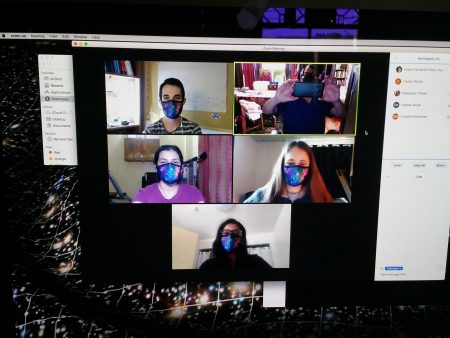
APOD and ASCL are side gigs for Nemiroff, as well. He, too, has his day job as a University Professor of Physics at Michigan Tech. Early in his tenure, Nemiroff led a group that developed and deployed the first online fisheye night sky monitor, called CONCAMs. They deployed later models to most major astronomical observatories around the world. Through Nemiroff’s efforts, Michigan Tech acquired one of the largest telescopes available exclusively for student use, too.
Today, Nemiroff is perhaps best known scientifically for predicting recovered microlensing phenomena, and for first showing, along with others, that gamma-ray bursts are consistent with occurring xx at cosmological distances. “Microlensing uses the mass of stars to act as giant gravitational telescopes on randomly-aligning background stars and quasars. Much has been learned from microlensing—for example, about the mass distribution in the universe,” Nemiroff explains.
Another one of his current research interests involves limiting attributes of our universe with distant gamma-ray bursts (aka GRB). “Gamma-ray bursts are the most powerful explosions known and it is now established that they are the only explosions that can be seen in the early universe,” he says. Nemiroff uses GRBs to probe how known local properties of physics hold up along these great distances.
As for Allen, one of her first jobs out of college was as a programmer. She stayed in IT her whole career and retired four years ago. “I missed science, however, and a few years before retiring is when I drifted into working in astronomy in my free time,” she says. Allen’s hobby soon turned into a faculty appointment in the Astronomy department at the University of Maryland.
Join us at Husky Bites to learn more. Everyone’s welcome. Be sure to bring your questions, too! Both Prof. Nemiroff and Ms. Allen are looking forward to the Q&A.
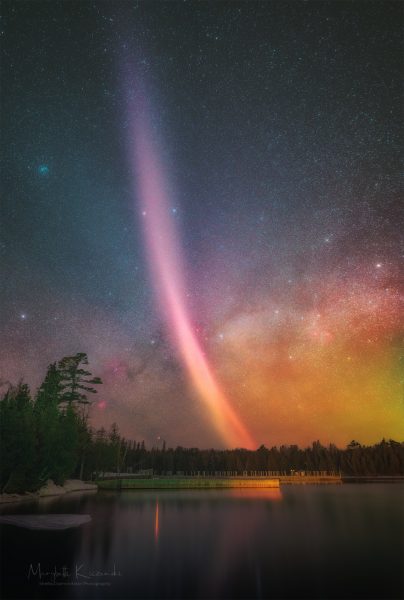
Prof. Nemiroff, how did you first get involved in science? What sparked your interest?
I have been interested in physics and astronomy since grade school. In second grade I demonstrated my interest by saying the names of the planets faster than anyone else in my class—back then that included Pluto!
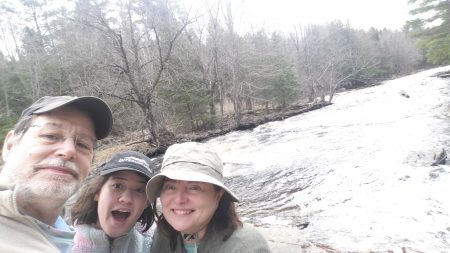
Hometown and family?
I grew up in Upper Moreland and Abington, both suburbs of Philadelphia, Pennsylvania. My wife Holly works in the Portage Lake District Library. My daughter Eva studies writing at Sarah Lawrence College just north of New York City.
Any hobbies? Pets? What do you like to do in your spare time?
I am a frequent player of noontime basketball in the SDC, known informally as “noonball”. (By coincidence, two other noonballers also spoke on Husky Bites this semester.) I am also a perennial season ticket holder to Michigan Tech’s basketball games. As far as pets go, our family has had as many as three cats, but now we are down to one.
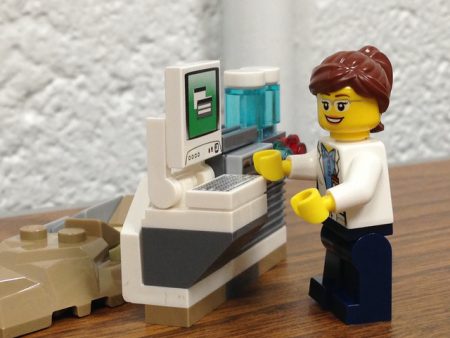
Ms. Allen, how did you first get involved in science? What sparked your interest?
My father worked at NASA, so there was space program talk at home, and my engineer-by-birth older brother was probably an early influence, too. Explosions that blow out the basement windows kind of catch a little sister’s attention. The natural world and science in general were always interesting to me. My academic background is actually biology. When I was a kid, I’d spend my Christmas money on models of the human body/body parts (including one similar to this Pumping Heart). I took all the bio I could when in high school, including microbiology and genetics. I had a chemistry set, and I begged for a telescope and eventually got one.
Family and hometown?
I was born in Washington, DC and live in the Maryland suburbs of DC. I have one son; he lives in the Virginia suburbs of DC and is a senior software engineer.
What do you like to do in your spare time?
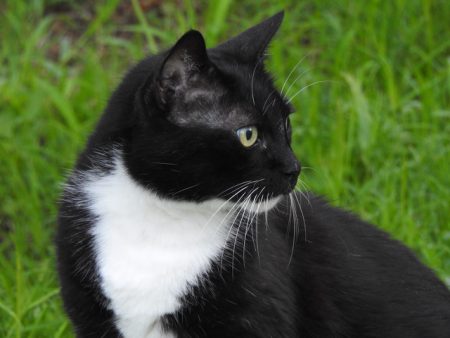
The hobby I spend the most time on is astronomy; APOD is a fantastic resource for viewing and learning about the universe and really cool things we can all see just by looking up! In addition to working on the Astrophysics Source Code Library (ASCL), I’m involved in various efforts to improve research software and restore openness to science. I also like biking, reading, classical music, bird and nature-watching, and travel. I currently have one very cute tuxedo cat.
Read more:
The Best of the Best: 15 Years of the Astronomy Picture of the Day